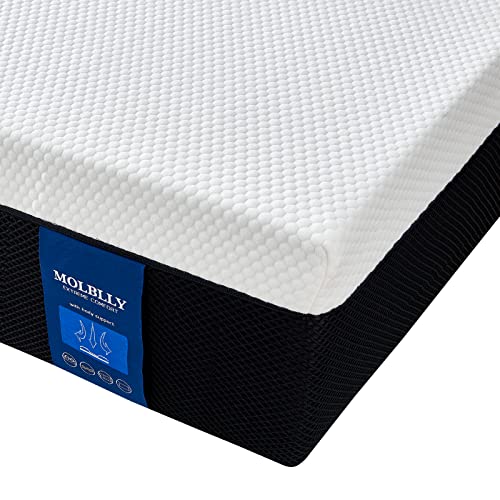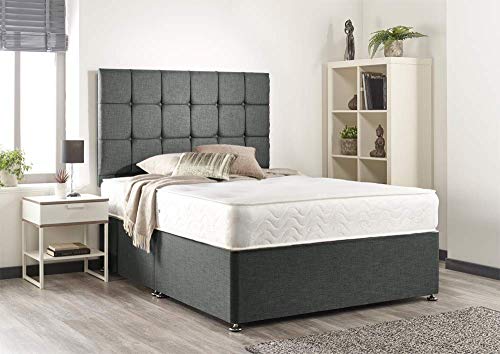Are Kids Ready For Bunk Beds?
Bunk beds are a great choice for kids rooms which are cramped with space. They can also double as a playroom or study area during the day.

You'll have to evaluate your child's maturity and dexterity when they are ready to move into a
Bunk Bed Kids bed. You will also have to look at their sleeping patterns.
Age of Transition from the Top Bunk
The age at which children are ready for bunkbeds can vary greatly. The majority of experts advise that children don't sleep on the top bunk until they reach the age of six. This is because children younger than six years old are more likely to lack the dexterity and maturity needed to safely navigate the ladder. They may also have trouble understanding and following safety rules for example, not climbing over the guardrails or jumping off the top bed.
When deciding whether your child is suitable for a bunkbed, it's important to also take into consideration how wild they are. Children who are prone to rough play or have an inclination to break rules should not be allowed to use a bunk bed, as this could lead to dangerous accidents. Similarly,
kids bunk bed sale who are at risk of falling out of bed or are very tall might not be able to safely use the top bunk when they are only six years older.
As children grow older their bunk beds could become too small. In this situation, it is a good idea to transition them to traditional beds to allow them to enjoy more space and comfort in their sleep. It could be as simple as switching to twin beds or as complicated as purchasing a fun, treehouse-style bunk bed like the Mathy by Bols that can transform into a full-size bed.
It is recommended to start at the bottom bunk then work your way up. By doing this, you will ensure that your child is both physically and emotionally prepared for the transition. This can help prevent them from becoming discouraged if they do not immediately get the chance to move up to the top bunk.
It's also an excellent idea for parents to teach their children the importance of adhering to the safety rules no matter where they sleep on the bed. This includes teaching children not to jump off the bunk, not hanging items from the rails, and to always use the ladder in a safe manner.
Safety Considerations
Bunk beds can be an excellent sleeping solution for children however, it's crucial to be aware of potential safety hazards. Understanding the risks, adhering to the instructions for assembly of the manufacturer, and taking other security measures will help ensure that your children are having fun in bunk beds without danger.
One of the most significant safety concerns involves the ladder, which could be used to climb to and from the top bunk. Unsupervised, children may use the ladder to play with which could lead to dangers. Unsecured ladders could fall off the sides of a bunk bed, trapping children and leading to fatal head injuries. Children can also fall off balance when climbing the ladder due to a mishandling.
To reduce the risk of accidents, make sure you make sure your children use the ladder for going up and down, and not for play. A night light or other form of lighting near the ladder is an excellent idea. This will help illuminate the way up and down the ladder in the dark and prevent children from accidentally falling off or slipping over objects in the room, such as furniture or toys.
Safety considerations also include making sure the mattress is positioned on the frame of the bunk bed properly making sure the bed is kept away from windows, blinds ceiling fans, and cords, and ensuring there aren't sharp edges on the ladder or bunks. It's also essential to ban horseplay and rough play on the bunks, as it could cause structural damage and lead to injuries.
Before you let your children get into their bunks make sure you give them a thorough once-over to make sure there aren't any loose screws or weak points or danger spots. Also, make sure there aren't any gaps or gaps in the safety railing or the headboard that could allow a child's head or legs to be trapped. These gaps should be no larger than 3.5 inches. In accordance with safety guidelines, you must also ensure that the guardrails on either side of the top bunk are 5 inches or more over the mattress.
How to Choose the Right Bunk Bed
There are many options for bunk beds that create a fun and social environment in children's rooms. With careful considerations and the input of your children you can choose the ideal bunk bed layout to maximize space while accommodating a range of sleep preferences and needs.
Begin by looking at a variety of materials and finishes to determine the most appropriate option for the design of your bedroom for your child. Consider the style of the feetboards and headboards as well depending on your preference for slats or solid panels, or curving bed ends. Then, select a color and finish that is the best match for your existing decor and stands against the test of time and trends.
Then, decide if you want the bunk beds to have the option of a ladder, an angled staircase or ladder All of them offer unique safety benefits and advantages as well as conveniences. Ladders and angled ladders can take up less floor space, but are harder for younger children to climb. Staircases require more assembly time and can be expensive.
Standard bunk beds consist of two perpendicular twin beds stacked on top of each other, with an elevator or ladder for access to the top. Alternately, you can consider a loft bed, with a space underneath for storage and a desk, or a play area. These beds can accommodate a full-size bed on the bottom, and a twin-size on the top. This is an alternative to sleeping in rooms shared by a couple or in holiday homes.
It's time to start shopping for the bunk bed that is ideal for your family. Shop at furniture stores, home-improvement centers and online retailers for a bunk bed to satisfy your children's requirements.
When choosing a bunk bed, pay close attention to the materials used in the frame, since it plays a critical part in your child's safety and their comfort. Avoid
cheap bunk beds for kids, low-quality materials that may quickly sag or break. Additionally, you should choose solid woods over particle boards made of smaller wood flakes that are glued together, as these are more durable and offer more stability.
Getting Started
The majority of children will eventually be enthralled by the idea of
bunk beds for kids on sale bed. They are a great solution to rivalries between siblings about who has the top bunk, and an excellent option for more than one child to fit in a tiny space. Bunks are also a fun and practical way to entertain your friends for sleepovers without the need of extra bedding.
There are a few things you should take into consideration when choosing the right bunk beds for your family. First, you must consider whether your
kids bunk bed sale are able to climb in and out of the top bunk comfortably and safely. This is particularly crucial for
kids bunk beds who are prone to sleepwalking, or who have difficulties avoiding falling over the bed's side. If they're unable to do this, a ladder might be the best solution.
Another important consideration is the overall look and design of the bunk bed's overall design and style. You'll want to make sure that it matches the decor of your bedroom and that your children like it. Bunks can be found in a variety of styles, from traditional to modern. They can be constructed of different materials like pine or MDF depending on your preference.
If you are assembling your own bunk bed it's recommended to create an inventory of the tools that you will require and make sure you have them all before starting. This will avoid any disappointments such as realising that you've forgotten a screw midway through the project.
